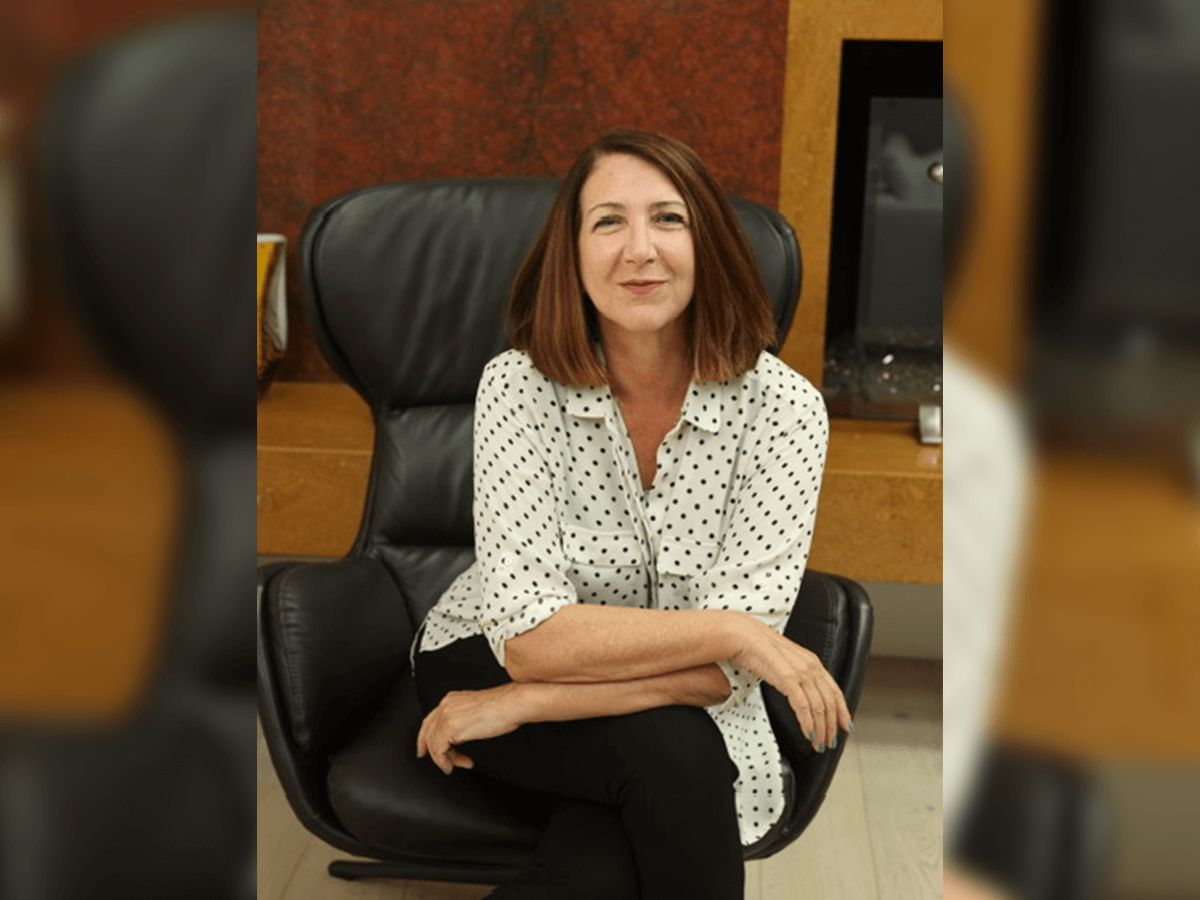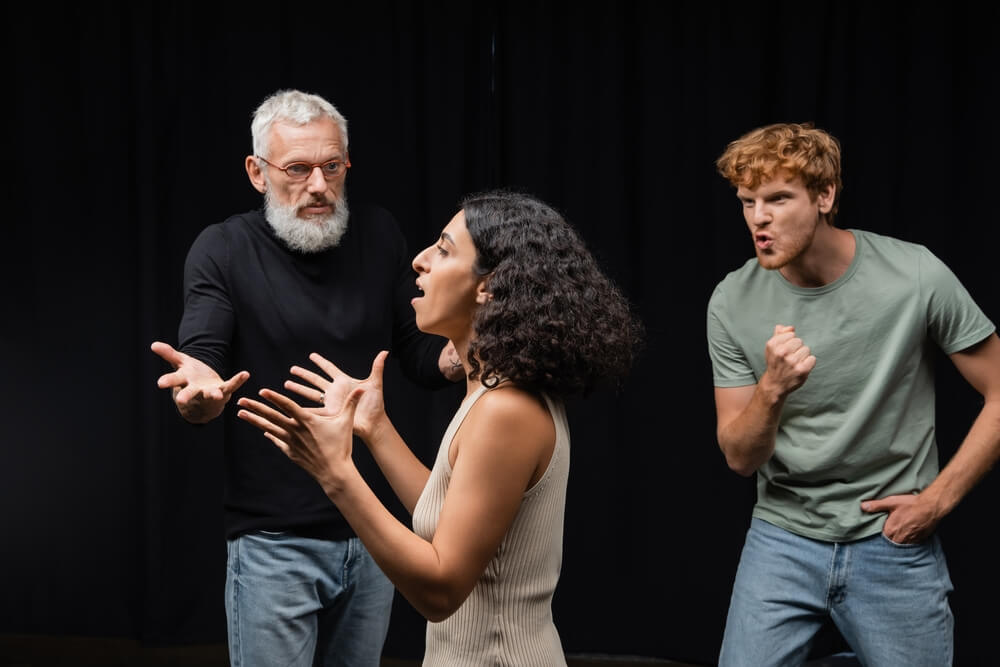On the Verge: Phaldut Sharma
Phaldut Sharma (first name pronounced PAL-dit, the Sharma part is straightforward) is not your typical actor. At least, he didn’t become an actor in the typical way. Sharma caught his performing bug on the street, in the 1980s. Not many successful thespians can say they broke in by breakdancing, but that’s his story.
Born in London, and raised mostly in Wales, Sharma has been working in British TV for nearly 30 years, showing up on such legendary shows as The Office (the original version), Life on Mars, Ned and Stacey, and of course EastEnders, where he spent 91 episodes. He has shown up in a few American shows, but never with a part as large as the one he has in MAX’s miniseries Full Circle. From writer Ed Solomon and director Steven Soderbergh, the series details a botched kidnapping and interweaves several stories surrounding it. Sharma plays second in command to the main villain (CCH Pounder). Throughout it all, his approach to the craft has been decidedly different from what we might consider the norm. He was visiting New York City when he sat down to talk to us.
Editor’s Note: This interview was conducted prior to the SAG-AFTRA strike.
What are you doing in New York? Working?
No, actually. I was invited over to go to the Tribeca premiere, and now I’m staying around for a bit. I’ve seen some friends and family, and (laughs) finding any reason to stay out here really. You’ve got city life, coastal life, forest life, I just … yeah, it’s great.
You were here for six or seven months shooting Full Circle, in which you play a pretty bad dude. Is it more fun to play that than a good guy? Or doesn’t it matter?
It is fun. You get to do things that you know would get you into a serious amount of trouble, and who wouldn’t enjoy that? They always say the devil has the best lines. The light, bright comedy characters and things like that, that has a certain charm and the softness and the warmth to it too, you know? So, it’s nice to have a bit of both. A bit of sweet with the sour. (Laughs) Like a good Old Fashioned.
How did you get into acting in the first place?
I started off as a dancer, I was crazy mad on breakdancing. It was the 80s, so Michael Jackson was a huge influence. I was a dance champion for about seven years, from the age of 11 to 17. So it was my version of whatever it would be for kids of that age. Skateboarding, BMX, martial arts … mine just went into dance, and I trained in jazz tap and contemporary ballet. So when I went off to drama school, I definitely wanted the dance as my first love to be something that was catered for. So I trained in musical theater. And that’s how it all began.
As the career blossomed into the profession, obviously, you don’t get to choose where you go and what you do. There was some musical theater work, singing, dancing [and] entertainment aspects of my career, but the main core seems to be acting drama, comedy, television, theater and film. So that’s what it’s molded me into.
Do you still dance?
Yeah, rhythm tap is my big passion. Again, another connection to New York. I love that old-school style of a rhythm tap, which is very different than what they teach in the British schools, which is far more your sort of West End, musical, tippity tap tap. I was madly, madly into the old school guys, you know, Will Gaines, the Nicholas Brothers, Sammy Davis, Jr. and the new school, you know, Savion Glover, Bring in ‘da Noise, Bring in ‘da Funk. I used to come over in my 20s, and I’d go and visit Swing 46 and watch the open mic tap and Savion got up one night, and I was two feet away from his feet. I just didn’t breathe for the whole of the performance, you know? So yeah, that’s still something I do, and I think it’ll always be my first love.
I feel like most actors come at it from the intellectual perspective, or the emotional one, rather than the physical. And I’m curious about how that affects your work with others because of your different approach.
It comes with a certain fluidity, that you sort of fall into whatever the structure is, so you can work around with any actor. The way they choose to work, you can fit in, you sort of take the shape of the structure that you’re being poured into, you know? Like water. I think that’s what I find quite useful about it, there’s a certain flexibility to it, not only in the body, but in the brain, and in the emotions as well.
Luckily, they taught the Laban Technique in a drama school, which was about connecting to emotions, and the dynamics of changing from one emotion to another physically first, which for me was a huge bonus, because actually, when I opened my mouth, I would be very shy, the shoulders would go up and I would find it very difficult. Singing and speaking was a slight issue for me. But in the dance classes, I was front and center. So the fact that I was able to connect to the acting and emotions through the body first, I found my voice came out of that.
Looking to get your big break? Sign up or log in to Casting Networks and land your next acting role today!
You may also like:
- My Casting Story: Dan Jablons on ‘The Out-Laws’
- How to Become an Actor in Washington, D.C.
- Now Casting: Laundry Sauce, Jeep Commercials




